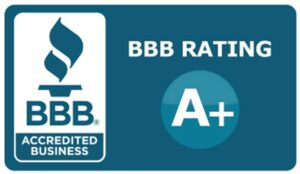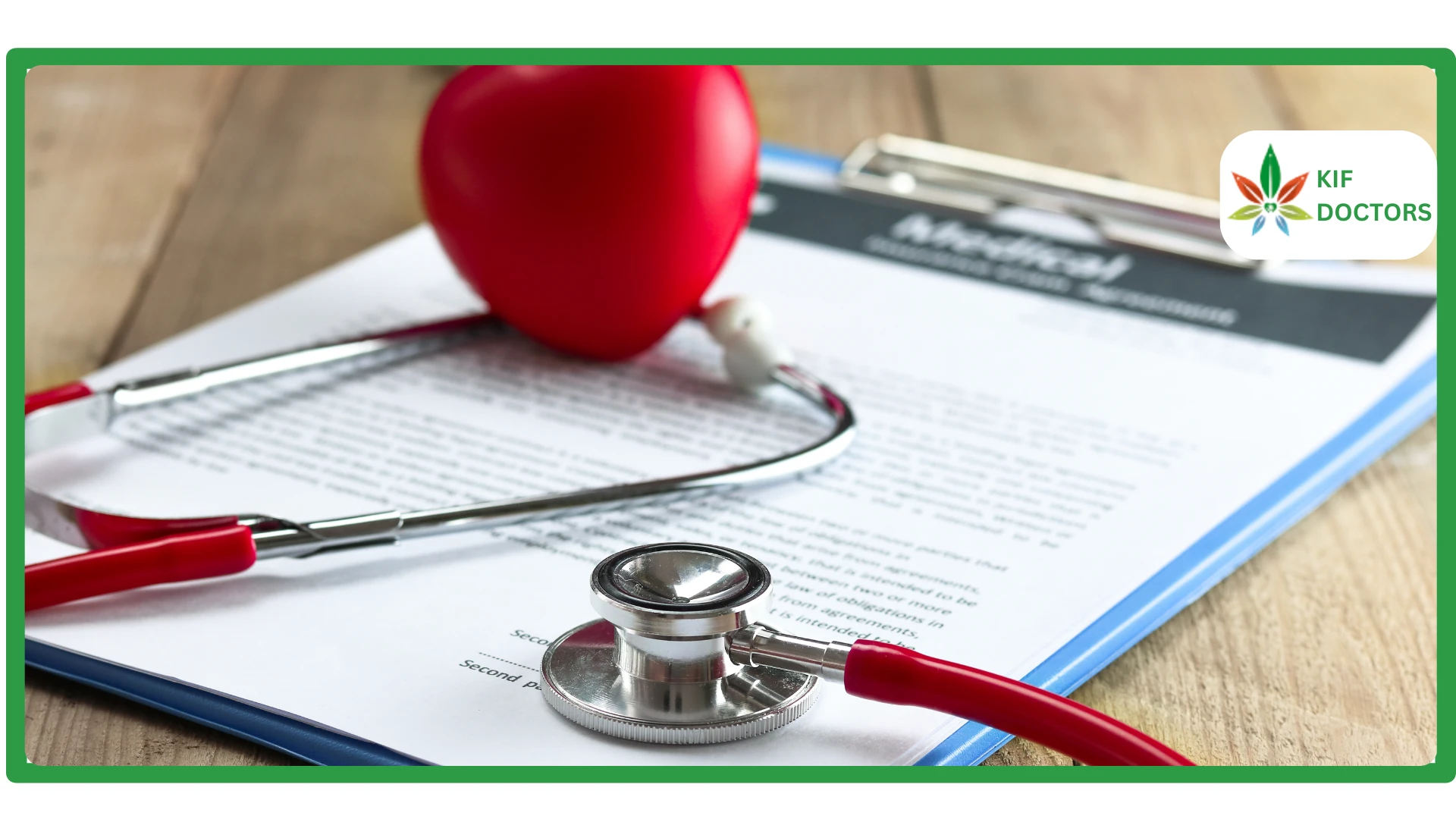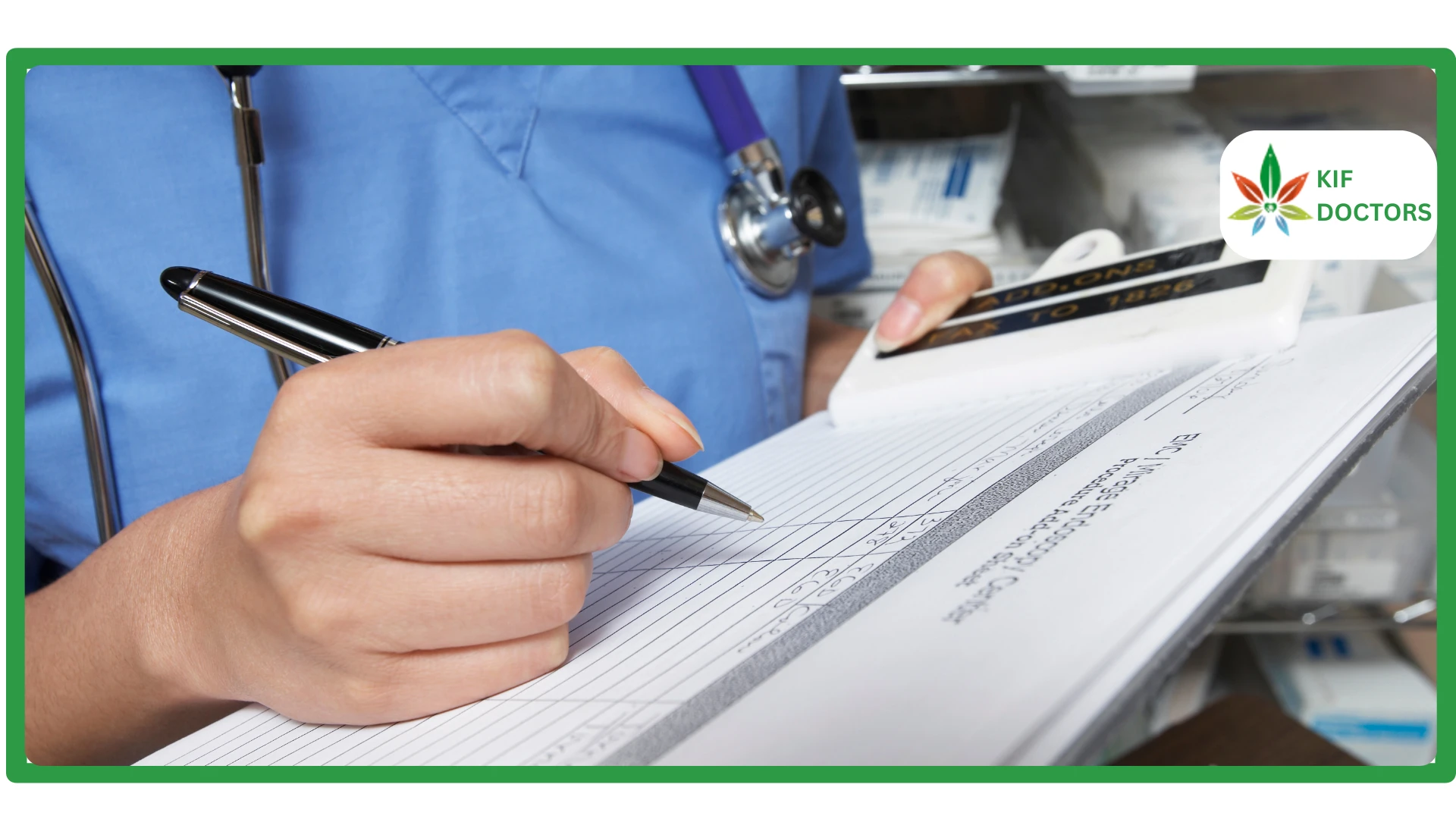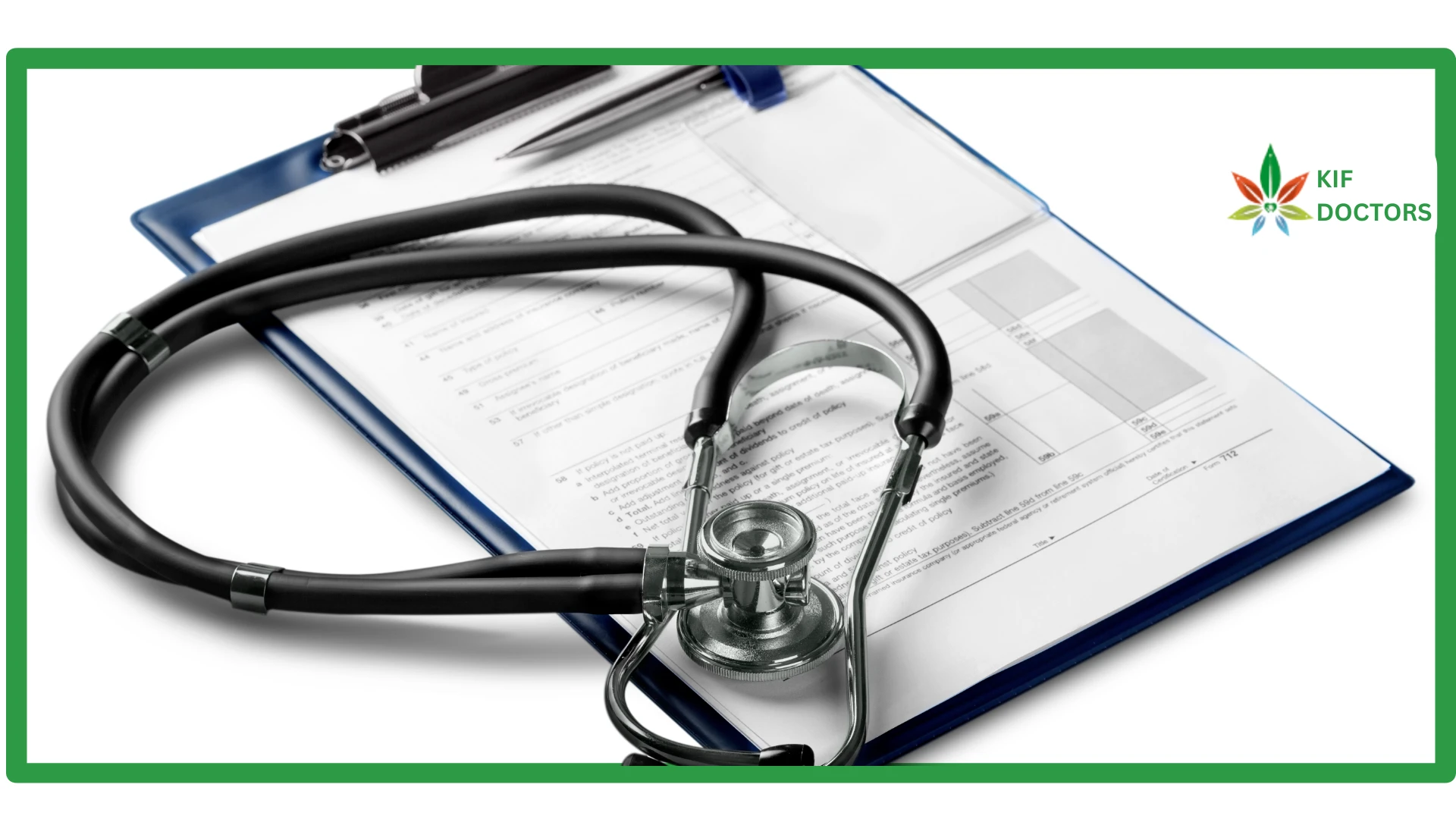More men are turning to Testosterone Replacement Therapy (TRT) as a medical solution for low testosterone problems. This condition is often called Low T.
Problems men come across include fatigue, not wanting sex, losing strength and feelings of sadness. TRT can truly assist those who experience these difficulties. Getting testosterone treatment requires that you go through the right medical processes. You have to go to a specific store to purchase it.
We have written this guide to teach you the best way to begin TRT. You will learn signs to watch out for and discover how to get care from good doctors. We will also conduct lab tests and help create your personal treatment plan.
Don’t Wait, Reclaim Your Vitality – Click here to Book Your TRT Consultation Now!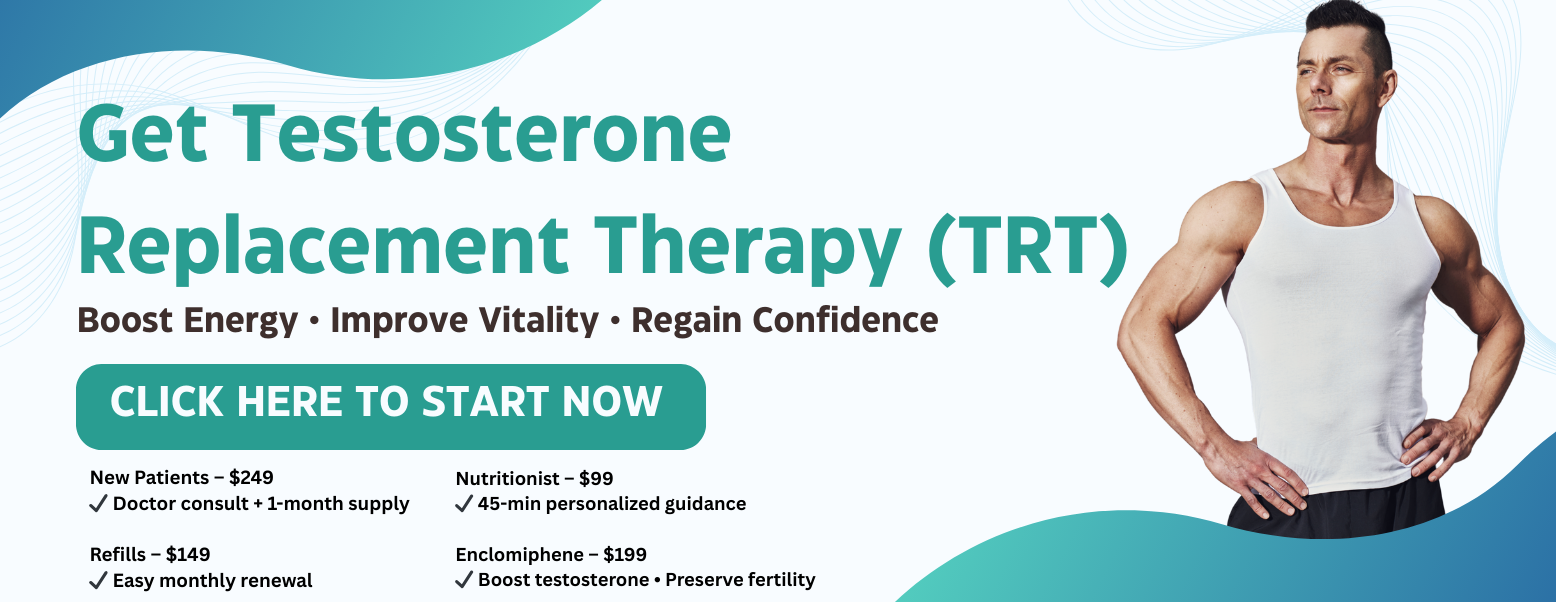
It explains how to handle every part of the process. This allows you to use TRT safely and see desired results.
Common Symptoms of Low Testosterone
Men naturally lose testosterone as they get older. Some men notice bigger changes in how they feel and function. Here are signs to watch for:
- Feeling tired all the time or having no energy
- Less interest in sex or trouble with erections
- Hard time gaining muscle or getting more body fat
- Feeling moody, angry, or sad for no clear reason
- Not sleeping well at night
- Trouble thinking clearly or remembering things
When you have several of these problems for months, you should get checked by a doctor.
Causes of Low Testosterone
Many things can make testosterone levels drop low. The main reasons include:
- Getting older, especially after age 40
- Long-term health problems like diabetes or being overweight
- Too much stress or not sleeping enough
- Damage to the testicles from injury
- Problems with other hormones in your body
- Some medicines or cancer treatments
Finding out what caused your low testosterone helps doctors decide if TRT is right for you. Sometimes other treatments work better.
Steps to Start TRT Treatment: A Complete Roadmap
Now you know the signs and causes of low testosterone. The next step is taking action to fix the problem. Getting TRT means following medical steps that doctors use. This makes sure your treatment works well and stays safe for your body.
We will show you each step you need to complete. This roadmap guides you through your entire TRT experience.
Step 1: Finding a Qualified TRT Provider
Picking the right doctor is the most important part of getting good TRT care. Many doctors do not have much experience with hormone treatments. The quality of help you get depends on how much your doctor knows about TRT.
What to Look for in a TRT Provider
When you research clinics or online services, find these features:
- Doctors who focus on men's health or hormone problems
- Online appointments that you can do from home
- Complete treatment plans that include more than just testosterone shots
- Regular check-ups with blood tests and doctor visits
Stay away from providers who promise fast results without checking your health first. Licensed doctors should always watch over TRT treatment.
In-Person vs. Telehealth Providers
Some patients like going to local clinics to see doctors face-to-face. But online health services have recently become very good and easy to use. Licensed doctors provide telehealth TRT with the same medical quality. Plus, you get more flexibility if you have a busy schedule.
Step 2: Initial Consultation and Medical History Review
Once you pick a provider, you start with a detailed consultation. This step makes sure your symptoms match with Low T. It also helps find other health problems that might be causing your issues.
What Happens During Your First Consultation
Your first appointment usually includes these parts:
- Talking about your symptoms and how long you have had them
- Going over your medical history including past surgeries, illnesses, and daily habits
- Checking what medicines and supplements you take
- Learning about your family health history, especially heart and hormone problems
Tell your doctor everything honestly. This information helps guide your entire TRT process.
Step 3: Getting Lab Tests for Diagnosis
Blood tests are needed to prove you have low testosterone. This step checks your hormone levels to see if they are below normal ranges.
What Blood Tests Are Typically Ordered?
Doctors usually order these tests:
- Total Testosterone – Shows all testosterone in your blood
- Free Testosterone – Measures testosterone your body can actually use
- Luteinizing Hormone (LH) – Checks if your brain signals work properly
- Sex Hormone Binding Globulin (SHBG) – Controls how much testosterone you can access
- Estradiol – Watches estrogen levels, which matter during TRT
- PSA (Prostate-Specific Antigen) – Makes sure your prostate is healthy
- Hematocrit/Hemoglobin – Checks blood thickness since TRT can change this
Most doctors prefer to get blood drawn within the morning itinerary, which spans between 7:00 and 10:00 a.m. At this part of the cycle, testosterone is at its best.
What Constitutes Low Testosterone?
Medical guidelines say Low T means total testosterone under 300 ng/dL. But your symptoms matter too. Some men have levels that seem normal, but still feel bad symptoms. These cases might still need treatment.
Step 4: Reviewing Test Results and Getting a Diagnosis
When the test results are ready, your provider arranges an appointment to go over the findings. This meeting decides whether you will start treatment or not.
Understanding Your Results
Your provider looks at results along with:
- What symptoms you reported having
- How your hormones work together, not just single numbers
- Your age, weight, and lifestyle choices
- Other health conditions you might have
This review helps decide if TRT is the best choice. Sometimes other treatments like lifestyle changes or fixing sleep problems work better.
Step 5: Choosing the Right TRT Plan for You
If you are a good candidate, the next step creates your treatment plan. Every person needs different treatment. Your plan must fit your body, lifestyle, and goals.
Different Forms of Testosterone Therapy
Your provider might suggest one of these options:
- Injections (most popular): Given weekly or every two weeks, either in muscle or under skin
- Gels or creams you rub on skin: Used daily with steady absorption, but can rub off on other people
- Patches: Easy to use but might irritate your skin
- Pellets: Put under your skin and release testosterone for months
- Pills: Newer choices, but not always preferred because they go through your liver
Each type has good and bad points related to ease of use, side effects, and cost.
Lifestyle Adjustments and Supplementation
TRT works best when you also make healthy life changes:
- Weight lifting and regular exercise
- Eating healthy foods with good fats and proteins
- Getting good sleep every night
- Drinking less alcohol and not using tobacco
Your provider might also give you other medicines. HCG helps keep fertility. Aromatase inhibitors control estrogen levels.
Step 6: Starting Your TRT Regimen
Now you begin treatment. Starting TRT needs to be watched carefully. This makes sure you get the right dose and avoid side effects.
What to Expect When Starting TRT
First changes might happen in 3–4 weeks. You might notice better energy and interest in sex.
Full benefits take 3–6 months to appear. These include more muscle, better mood, and clearer thinking.
Side effects can include skin breakouts, holding water, mood swings, or too many red blood cells. But doctors can manage these problems.
Follow your provider's directions exactly. Tell them right away if you notice anything unusual.
Step 7: Monitoring, Adjusting, and Maintaining Treatment
TRT is not something you start and forget about. Regular check-ups make sure you get the best results and stay safe.
Ongoing Lab Testing
Your provider will order follow-up blood tests at these times:
- 6 weeks after starting
- 3 months later
- Every 6–12 months after that
These check-ups measure testosterone levels, blood counts, liver function, and PSA.
Dose Adjustments and Refinement
Your provider often changes your dose or how often you take it. They base changes on:
- Blood test results
- Symptoms you report
- Any side effects you have
- Life changes like gaining or losing weight
Your TRT experience changes over time and might need adjustments.
Step 8: Long-Term Considerations for TRT
TRT can be something you do for life. Some patients stop if their natural testosterone comes back or their priorities change.
Fertility and TRT
TRT stops your body from making its own testosterone. This can lower sperm count. If you want to have children:
- Think about using TRT with HCG or Clomid
- Talk about storing sperm before starting treatment
Insurance and Cost Planning
Insurance might not pay for TRT. Many patients like subscription-based online services. These give predictable costs, convenience, and reliable care.
Also think about the cost of medicines, lab work, and doctor visits over many years.
Conclusion
Starting TRT requires a structured medical process. You need expert doctor guidance, regular follow-ups, and commitment to long-term health. At The KIF, we make your journey easier with caring doctors, online convenience, and proven treatments.
Here is what you get when you start TRT treatment with The KIF:
- Free Consultation – $0: Learn about your needs without paying anything upfront
- New Patient TRT Plan – $249: Begin with a full month of medicine and doctor-led care
- Monthly TRT Subscription – Easy service with monthly supply plus online doctor visits
- Refills – $149/month: Keep going with affordable access to continued treatment
If you want to get back your energy, confidence, and overall health, schedule your free consultation today. Take the first step with trusted doctors who will help you.
Frequently Asked Questions (FAQs)
1. What Is TRT, And Who Needs It?
TRT is short for Testosterone Replacement Therapy. Doctors give this treatment to men whose testosterone levels are found to be extremely low. Doctors recommend it for people with symptoms like low sex drive, tiredness, depression, or muscle loss. Blood tests must confirm low levels.
2. How Do I Know If I Have Low Testosterone?
Some symptoms are constant tiredness, less desire for sex, mood problems and muscle loss. To know for sure, you need blood tests that check your total and free testosterone levels. These tests work best when done in the morning.
3. Can I Get TRT Without A Prescription?
No, you cannot. Testosterone is a controlled medicine that requires a prescription from a licensed doctor. You must have proper testing and medical evaluation first. Never try to start TRT without a doctor watching over your treatment.
4. What Are The Side Effects Of TRT?
Side effects might include skin breakouts, holding extra water, higher red blood cell counts, and mood changes. Most side effects can be managed and reduced with proper monitoring. Your provider can adjust your dose to minimize problems.
5. Will TRT Affect My Fertility?
Yes, TRT can reduce sperm production. If you want to have children, your doctor might recommend extra medicines like hCG or Clomid. These help preserve your ability to have children. You might also want to store sperm before starting treatment.
 Since 2021, Kif offers a streamlined platform to get a medical marijuana card online. We have served more than 45K patients across the United States. Sign Up Now to get the right to use medical cannabis for your health condition without any delay.
Since 2021, Kif offers a streamlined platform to get a medical marijuana card online. We have served more than 45K patients across the United States. Sign Up Now to get the right to use medical cannabis for your health condition without any delay.

